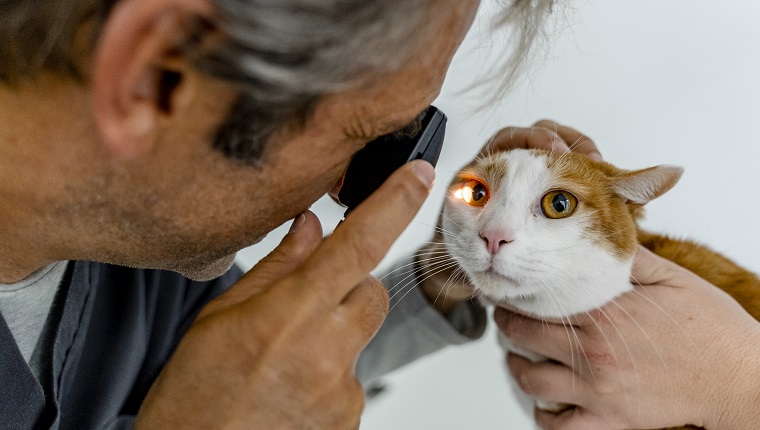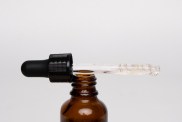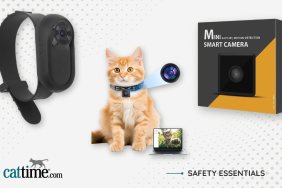Retinal hemorrhage in cats is a medical condition that involves the inner lining of a cat’s eye becoming susceptible to bleeding. It can result in a loss of vision and even retinal detachment.
The condition can arise due to a range of circumstances including suffering from trauma. Additionally, cats with high blood pressure, which often affects elderly cats more than others, are more at…









